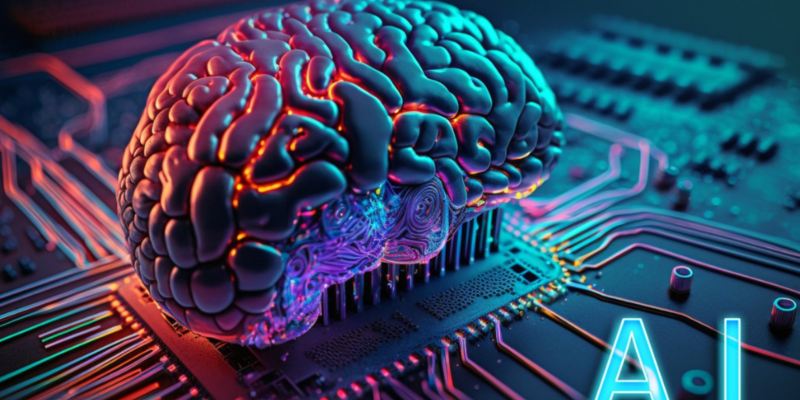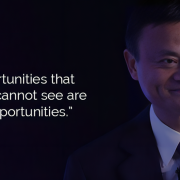| বাংলায় পড়ুন | Researchers and Reporters: Tanzil Fuad Ayesha Akhter |
Artificial Intelligence (AI) is one of the most revolutionary technologies of the twenty-first century. In the planet’s history, people have embraced technology at the quickest pace. Artificial intelligence has completely changed many facets of our daily lives, such as research and education. Diffusion of Innovation Theory explains why people have embraced this technology in such a short amount of time.
The Diffusion of Innovation Theory: What is it?
In 1962, American scientist Everett Rogers introduced the concept to the globe. This theory explains how people adopt new concepts and technologies. This idea explains how humans gradually accept novel innovations and technologies in five steps. Let’s know how people accept new technologies one step at a time –

Understanding the Diffusion of Innovation Theory and its impact on artificial intelligence. | Photo: Collected.
Pioneers: Early adopters of new technology make up this category of people. They are often risk-takers. People at this level initially use any available technology.
The First Adopters: Members of this category are well-known opinion leaders in their respective social networks. The decisions made by others can be greatly impacted by their adoption of an innovation.
Initial Majority: Early adopters serve as the primary source of motivation for this group. Though they begin more cautiously than earlier groups, they gradually consent to benefit from improvements.
Towards the Next Majority: When it comes to adopting new technology, this group is cautious and frequently needs strong societal pressure or proof of successful innovations to change their minds.
Regressive Population: When an innovation is adopted, this group does so last. They only embrace innovations that are universally accepted or that become necessary.
The reasons behind the enduring success of artificial intelligence (AI)

Key factors contributing to the enduring success of artificial intelligence (AI). | Photo: Collected.
The spread of artificial intelligence (AI) among people can be explained by the Diffusion of Innovation Theory. However, the popularity of AI among consumers can be attributed to several factors.
Let’s discuss the availability of AI as the first justification. The benefits AI provides over other technologies are among the factors contributing to its popularity. AI technology has significantly impacted many facets of day-to-day living. AI-powered devices have simplified our lives, starting with personal assistants like Siri, Alexa, and Google Home.
This brings us to our second point: no specialized training or technological expertise is needed to use AI. Accordingly, people can readily employ AI technology such as ChatGPT. Because of this, individuals are using AI more and more frequently.
We can discuss the function of social media as a third justification. AI technology has been greatly aided by the media and tech influencers. Information regarding AI has been more widely disseminated thanks to social media. And for this reason, in a short amount of time, people have learned about AI.
There is still a great deal of public fear about artificial intelligence, or AI. Many people are not utilizing the advantages of this technology because of worries about their privacy, ethical dilemmas, or fear of losing their jobs. Thus, politicians might put certain plans into action to increase the use of AI. including offering courses and training, funding the study and advancement of artificial intelligence, and addressing moral issues.
Understanding the spread of artificial intelligence (AI) technology is made easier with the help of the Diffusion of Innovation Theory. Researchers can create plans to encourage the efficient and fair application of AI by figuring out what influences AI adoption. We can maximize the benefits of artificial intelligence (AI) by spotting security vulnerabilities early on and taking swift action to resolve them, as AI develops and transforms more industries.




























Comments